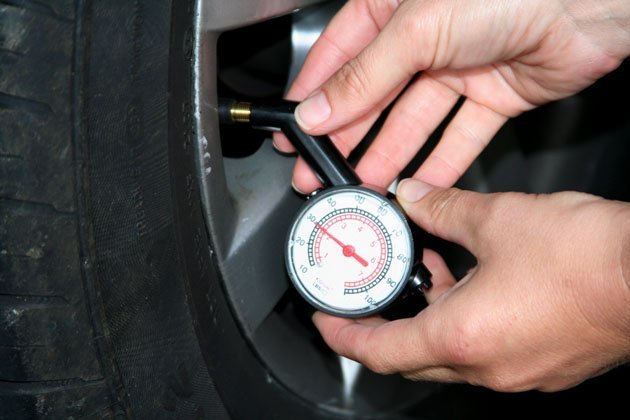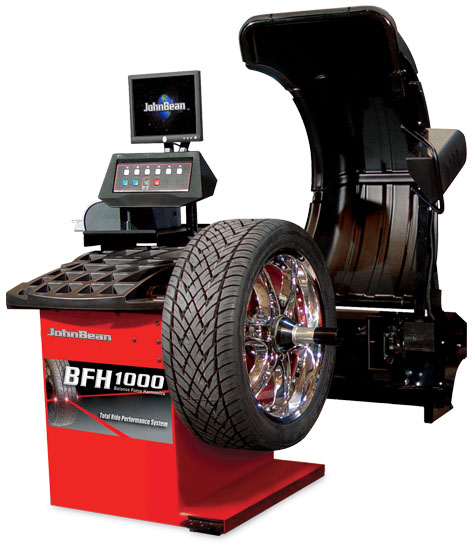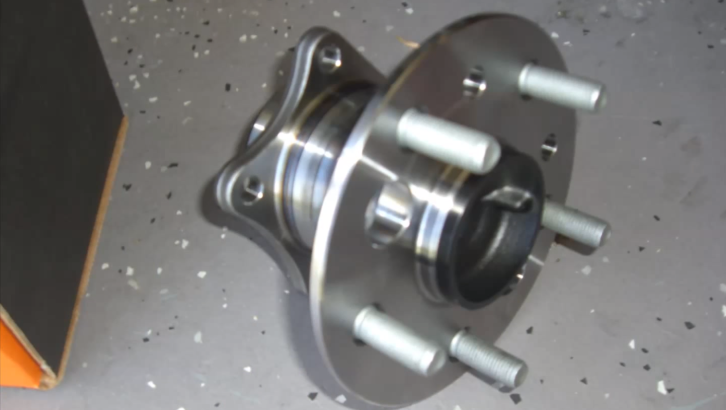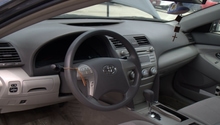Toyota Camry 2007-2011: Vibration Diagnostic Guide
Does your Toyota Camry feel more like a massage chair when you try to enjoy your daily commute? There are a few things that can cause it to do that. Read this article so you can get a good idea of what is causing your Camry to vibrate.
This article applies to the Toyota Camry (2007-2011).
Nothing's worse than dealing with a mysterious vibration that's occurring somewhere in your ride. There are several different components that attribute to vibrations when they are worn. Unfortunately, it may take a lot more time to find the source, or you may even run into more than one problem. Repairing a vibration may also have you repairing components left and right until it stops, and for this procedure many car owners end up paying out of pocket. So, instead of spending money on someone to do same thing you can do, use these tips to help find out why your car is vibrating.

Materials Needed
- Jack and jack stands
- Metric socket set
- Air gauge
Step 1 – Check your tire pressure
Your tires might be deflated.
The first thing you should check is the tire pressure. If you tires are under-inflated, the car will not drive as smoothly. If its over-inflated, it will also cause problems. Check every tire on your car, and if the air is too low, fill up each tire to approximately 32 PSI. If it is too high, deflate the tire until they are 32 PSI and then go for a test drive.

Pro Tip
Most tire franchises will actually offer tire pressure services for free and check each wheel for you. So if you would like to get a professional's opinion, check out your local tire shops.
(Related Article: How to Change a Tire and Check Tire Pressure - CamryForums.com)
Step 2 – Check your wheel balance
Your wheels may be imbalanced.
Another thing to look for is whether or not your wheels are balanced. If you have one or more wheels that are not spinning correctly, you will feel a consistent wobble during every rotation. These vibrations are most often felt in speeds greater than 35 mph. It is important to note that you will not be able to get the wheels balanced yourself, and will need a special machine that tells a technician where and how much weight to put on a wheel in order for it to spin straight. However, most tire shops offer this service free of charge when you purchase tires from them. If not, you should be expected to pay $20 to $40 for this service.

Step 3 – Check your wheel bearings
The bearing may have worn out.
Wheel bearings, or hub bearings, are responsible for allowing the wheels on your car to freely spin. When the covers break and allow debris to fall inside, the bearings fail. Their failure is often accompanied with a loud whirling noise that grows louder as the car increases in speed.
- To check the bearing, jack the car up where you hear the sound coming from.
- Support the weight of the car using a jack stand.
- Put the car into neutral.
- Grab the tire and try to spin it.
- While it spins, see if you can hear the bearings or inspect to see if something else is causing the noise.
- If the bearings are damaged, replace them.

(Related Article: How to Jack Up Your Car - CamryForums.com)
Related Discussions
- Steering Shake -CamryForum.com
- Steering Wheel Vibration - CamryForum.com
- 2007 Vibration, Please Help - CamryForum.com






